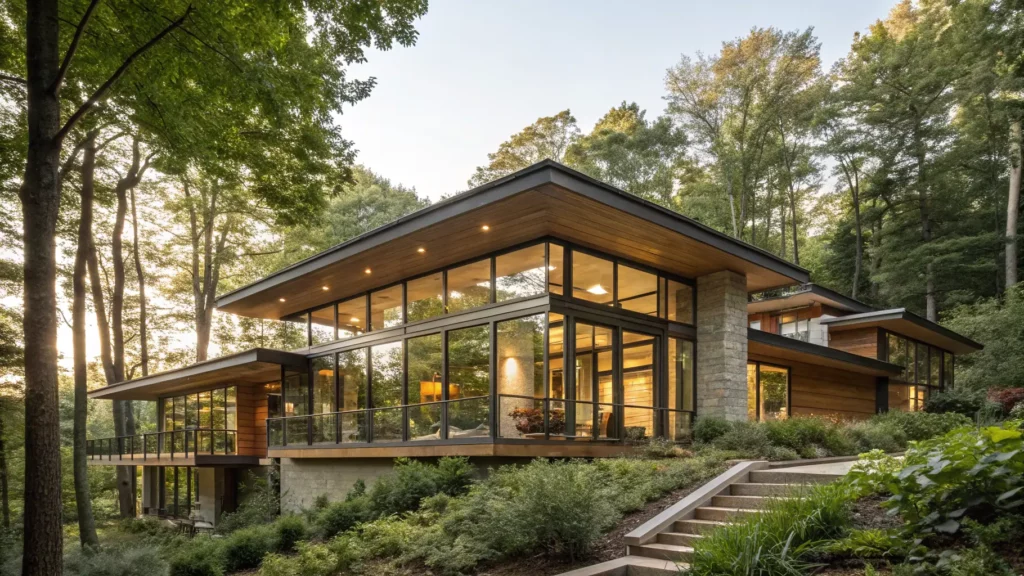Bioclimatic design is a powerful approach to sustainable architecture, leveraging the local climate to minimize energy consumption and maximize comfort. It considers factors like solar orientation, wind patterns, and natural ventilation to create buildings that are in harmony with their environment. This approach is crucial for reducing the environmental impact of construction and operation. By understanding the local climate, architects can design buildings that naturally regulate temperature and humidity. This can lead to significant energy savings, reduced reliance on mechanical systems, and a more comfortable indoor environment. The principles of bioclimatic design are particularly relevant in regions with extreme climates. Implementing bioclimatic design principles requires careful consideration of the site’s specific characteristics. This includes analyzing solar radiation, wind patterns, and prevailing temperatures. By integrating these factors into the design process, architects can create buildings that are not only sustainable but also aesthetically pleasing and functional.

